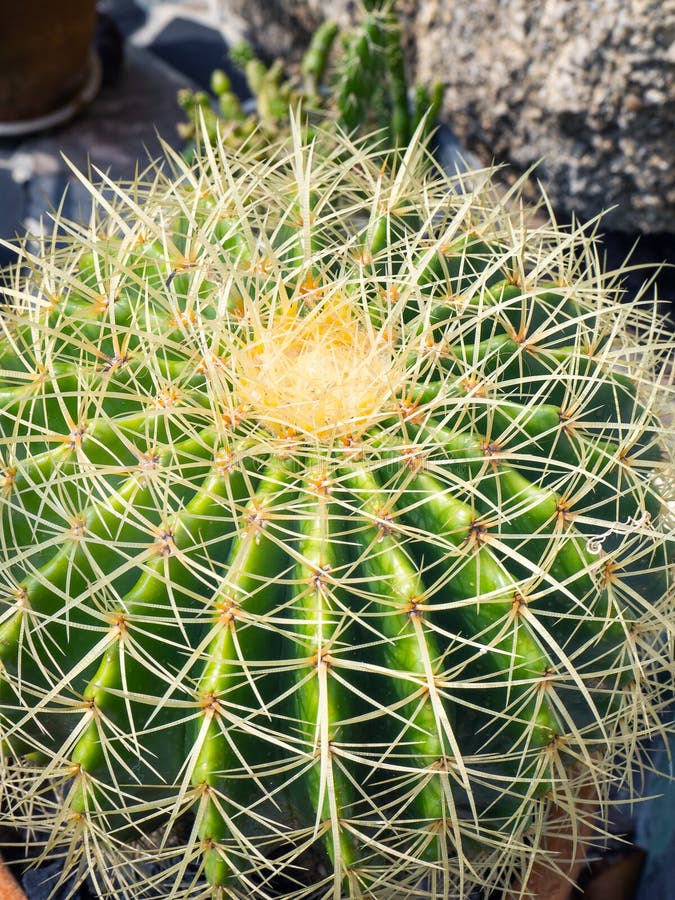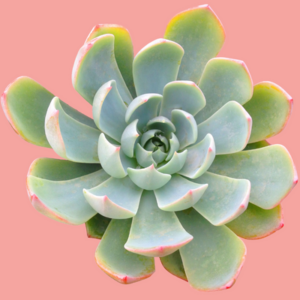Cacti, those resilient denizens of arid landscapes, have long captivated enthusiasts and botanists alike. Among these flora, the cacti adorned with long, sharp spines stand out as nature’s own paradox of beauty and danger. Like knights in nature’s realm, they protect themselves fiercely while offering an enthralling visual spectacle. Here’s a comprehensive guide to understanding and caring for these intricate specimens.
Long spines serve multiple purposes for cacti—primarily, they offer protection from herbivorous interlopers and shield the plant from intense sunlight. However, owning such a bold botanical creation necessitates knowledge and finesse in care. This article will delve into the essential aspects of maintaining cacti with long spines: understanding their needs, ideal environmental conditions, and the intricacies of propagation.
Understanding the Spine: An Intriguing Mechanism of Defense
The long, formidable spines of certain cacti not only add to their aesthetic appeal but also play a vital role in their survival. They are modified leaves, meticulously evolved to protect the plant from predators and reduce water loss in arid climates. These spines can vary significantly in length, thickness, and color, weaving a striking silhouette against stark desert backdrops.
In tandem with their protective nature, spines also provide dance-like shadows when sunlight filters through them, creating an extraordinary visual effect that enchants observers. The longer the spine, the more drama it can infuse into the space it inhabits.
Long-spined cacti, such as the iconic Echinopsis and the formidable Cereus, may evoke feelings of admiration and intimidation. The aesthetic duality presented by these cacti extends to their care requirements—one must respect their defensive nature while nurturing their vital aspects for growth.
Creating the Perfect Habitat: Light, Water, and Soil
Constructing an optimal environment for long-spined cacti hinges on several critical factors. Chief among them are light, water, and soil.
Light is the lifeblood of a cactus. These plants thrive in conditions that provide ample sunlight, ideally 6 to 8 hours daily. A sunny window or a spot with bright, indirect light will suffice, as prolonged exposure to soft, diffused light can promote healthy growth and alleviate the risk of sunburn.
Watering practices for these specimens differ drastically from traditional houseplants. Cacti possess a sophisticated moisture storage system; hence, it is paramount to allow the soil to dry out entirely between watering sessions. During the growing season—typically spring and summer—water moderately; however, during dormancy in fall and winter, reduce watering significantly. The rule of thumb to remember is: less is more.
The choice of soil is equally significant. Long-spined cacti prefer well-draining mixes that facilitate airflow to their roots. A specialized cactus soil or a mixture of potting soil, perlite, and coarse sand can create an ideal substrate. This blend mimics their natural habitat, fostering an environment where they can flourish without succumbing to rot.
The Art of Propagation: Spines as Tiny Sentries
Propagation of long-spined cacti can be an exciting endeavor; however, it requires careful handling direct interactions with their spines. When propagating, wear gloves and use tongs or specialized tools to avoid piercing skin.
Cacti can be propagated through offsets, cuttings, or seeds. For those fortunate enough to own a mature specimen with offsets, simply remove the baby cactus, allowing it to callous over for a few days before planting it in fresh soil. Cuttings must also be left to callous, ensuring a successful root establishment.
Propagation from seeds can be equally fulfilling, although it requires patience, as germination may take time. Sowing seeds in a well-draining substrate, maintaining warmth, and regular but careful watering will lead to the eventual emergence of adorable baby cacti, each adorned with their own set of paradoxical spines.
Common Challenges and Remedies: Navigating the Thorns
While the allure of cacti with long spines is undeniable, they are not impervious to challenges. Indigenous pests like mealybugs or spider mites might find their way to these plants, seeking to siphon precious fluids. Regular inspections and the use of insecticidal soap can alleviate infestations before they escalate.
Another common issue is the dreaded rot, often a consequence of overwatering or insufficient drainage. Should rot occur, prompt action is vital—remove the affected area, allowing the wound to dry and callous before replanting in dry soil. This act mirrors the resilience embodied by these plants; even in adversity, survival is possible.
In conclusion, caring for cacti adorned with long spines is both an art and a science. They embody the paradox of nature—beautiful yet prickly, resilient yet delicate. Understanding their habitat, providing proper care, and appreciating their unique charm will contribute to a robust, thriving collection. With proper husbandry, these extraordinary plants can create captivating focal points in your verdant sanctuary, inviting admiration while reminding us of the beauty and complexity of life itself.





Leave a Comment